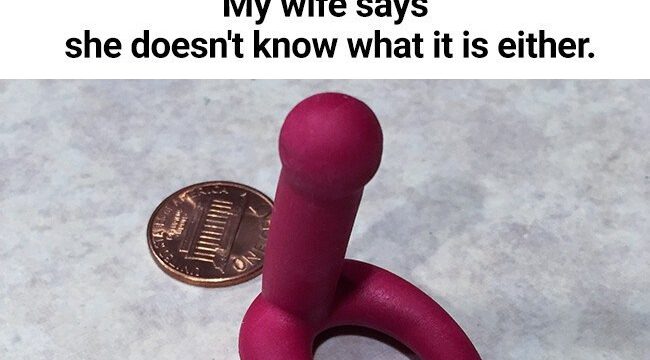Plastic cutting boards are an essential part of many kitchens—they’re durable, easy to maintain, and can withstand the rigors of daily cooking. However, without proper care, they can accumulate stains, odors, and even harmful bacteria. To keep your plastic cutting boards safe and clean, here are some effective methods to ensure they stay in top condition.

1. Basic Cleaning Method
Materials Needed:
- Dish soap
- Warm water
- Sponge or soft cloth
To start, rinse the cutting board under warm water to remove any leftover food particles. Then, apply a few drops of dish soap and scrub the board with a sponge or soft cloth, paying close attention to any grooves where food might be hiding. Make sure to rinse thoroughly with warm water and let the board air dry completely. This simple step is crucial for keeping bacteria at bay.
2. Vinegar and Baking Soda for Stubborn Stains
Materials Needed:
- White vinegar
- Baking soda
- Scrubbing pad
If your cutting board has stubborn stains or a lingering smell, baking soda and white vinegar are great natural options. Start by making a paste using baking soda and a small amount of water. Spread the paste on the stained areas and scrub with a scrubbing pad, then rinse thoroughly.
Alternatively, you can spray white vinegar directly onto the board and let it sit for a few minutes before wiping it clean. The vinegar helps disinfect the surface and remove any unpleasant odors.
3. Lemon Juice and Salt for Natural Cleaning
Materials Needed:
- Lemon
- Coarse salt
Lemon juice and salt provide another effective natural cleaning method. Sprinkle coarse salt over the cutting board’s surface, then cut a lemon in half and use it to scrub the salt into the board. The lemon’s acidity kills bacteria, while the coarse salt acts as an abrasive cleaner to remove grime. After scrubbing, rinse the board with warm water and allow it to dry. This method leaves your cutting board fresh and free from bacteria.
4. Hydrogen Peroxide for Deep Cleaning
Materials Needed:
- Hydrogen peroxide (3% solution)
- Spray bottle
For a deeper clean, hydrogen peroxide works wonders. Pour some into a spray bottle and spray the entire surface of the cutting board. Let it sit for a few minutes to disinfect, then rinse thoroughly with warm water and let it dry. Hydrogen peroxide is especially helpful for eliminating odors and bacteria, providing an extra level of sanitation.
5. Dishwasher Cleaning
Most plastic cutting boards are dishwasher safe, making cleaning them even easier. Place the cutting board on the top rack of your dishwasher and run a regular cycle using your standard detergent. This method is convenient and ensures a thorough clean, especially after preparing raw meat or other potentially contaminated foods.
6. Regular Maintenance Tips
To extend the life of your plastic cutting boards and keep them as hygienic as possible, consider these regular maintenance tips:
- Clean Immediately After Use: Cleaning the board right after using it helps prevent stains and odors from setting in, making the cleaning process easier.
- Use Multiple Boards: It’s a good idea to use separate boards for different types of food—like one for raw meat and another for vegetables—to avoid cross-contamination.
- Replace Damaged Boards: Over time, cutting boards can develop deep cuts or heavy stains that can harbor bacteria. If your board shows significant damage, it’s time to replace it.
Conclusion
With the right cleaning methods, maintaining the hygiene and longevity of your plastic cutting boards is easy. Regular cleaning not only ensures your food is safe from bacteria but also keeps your kitchen clean and fresh. Whether you prefer natural cleaners like lemon and salt, a quick dishwasher run, or a deep clean with hydrogen peroxide, these techniques will help keep your cutting boards in great condition, ready for your next culinary adventure.





